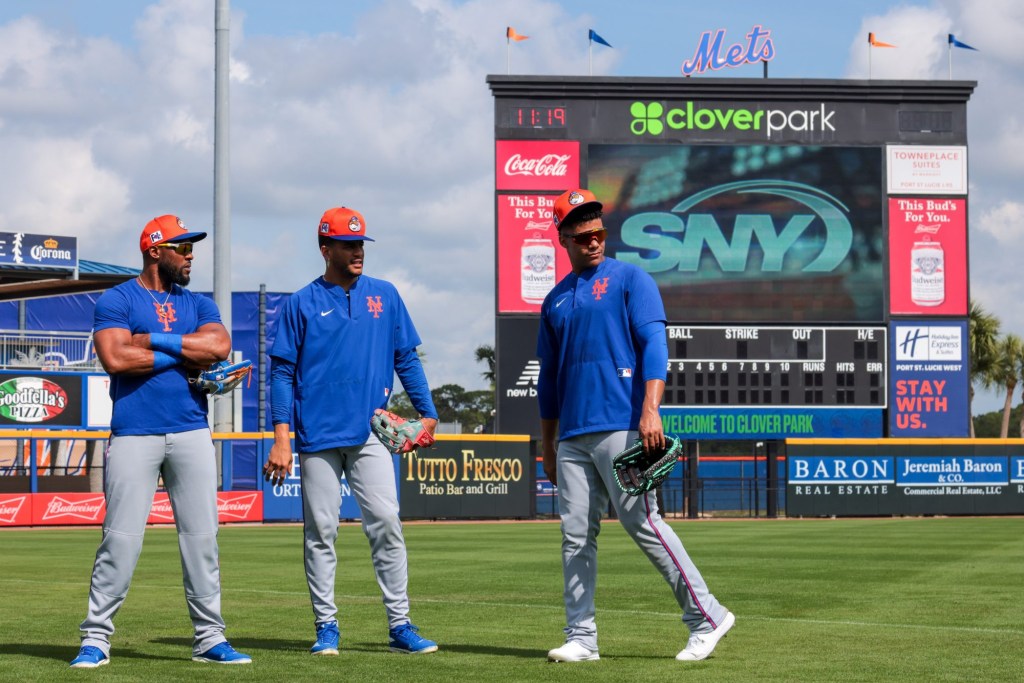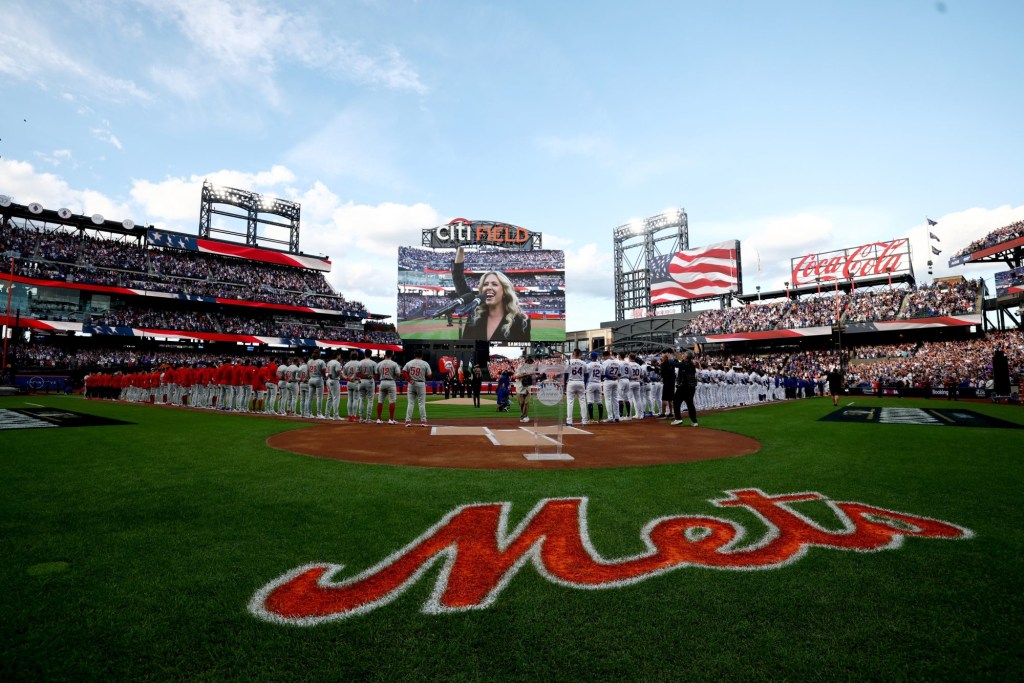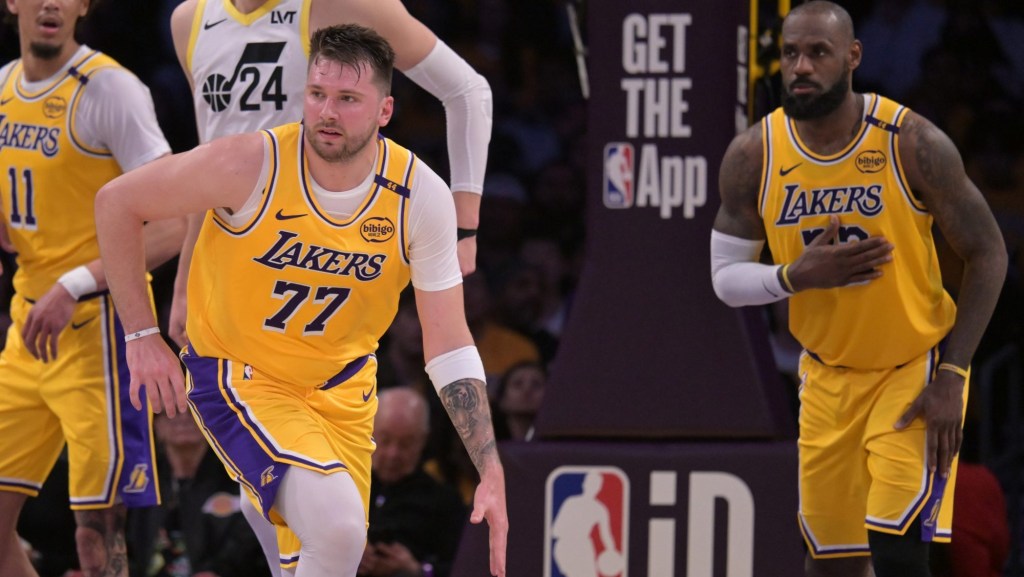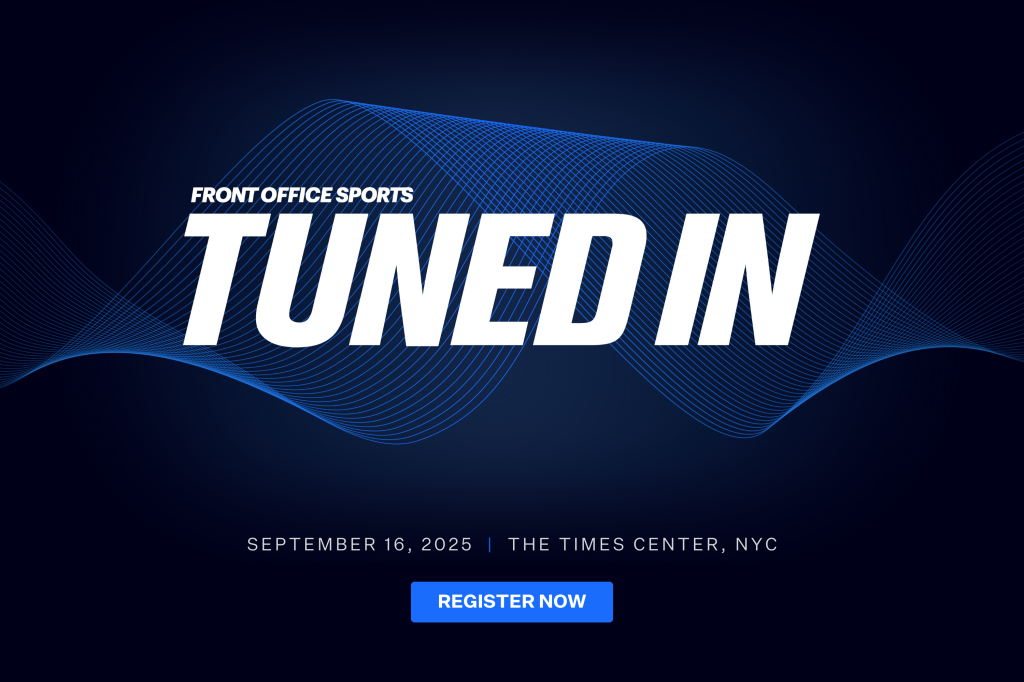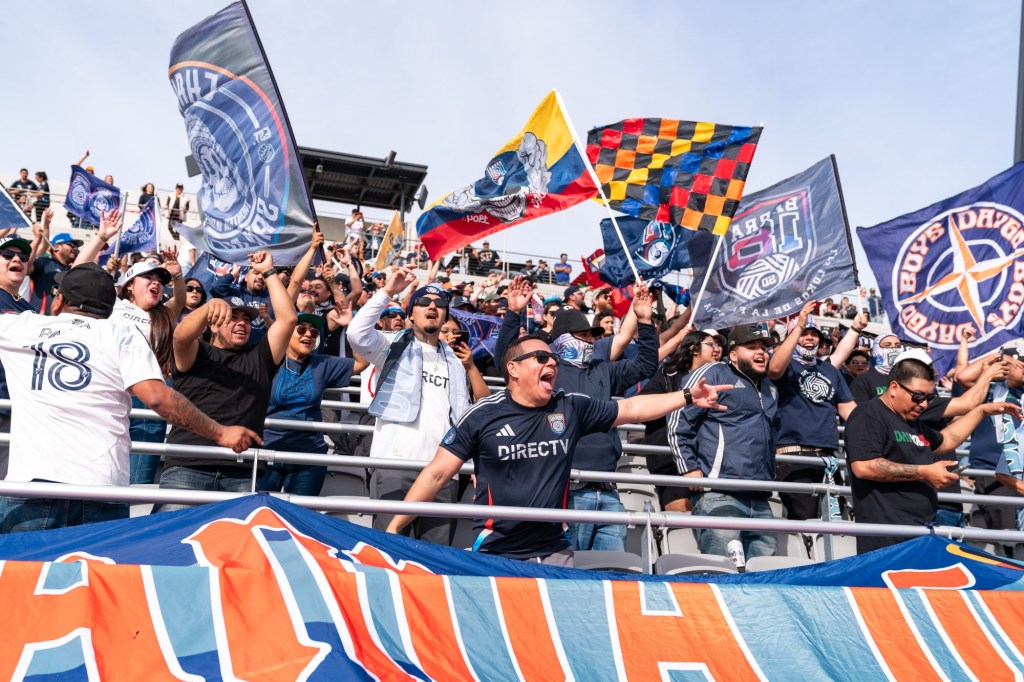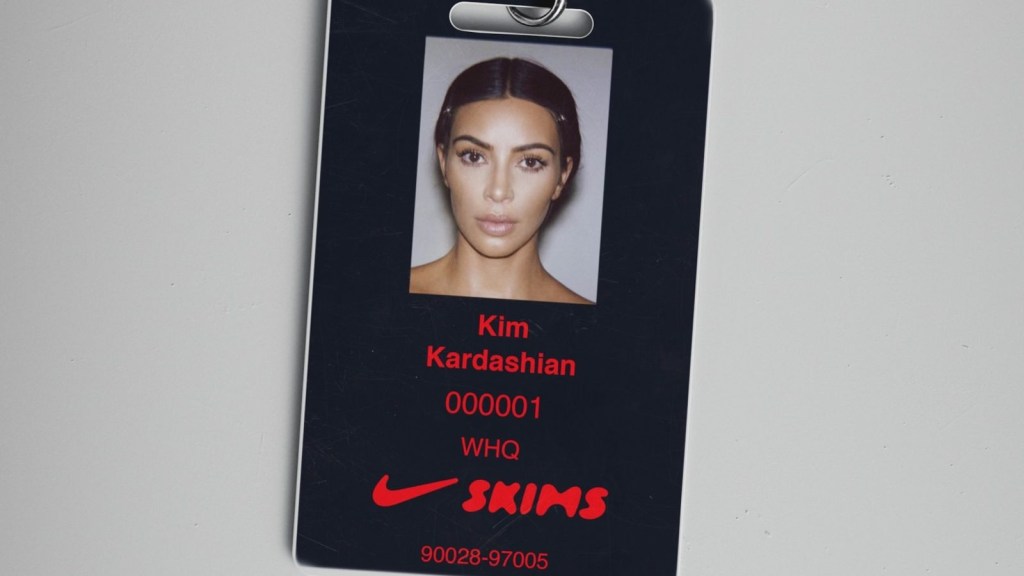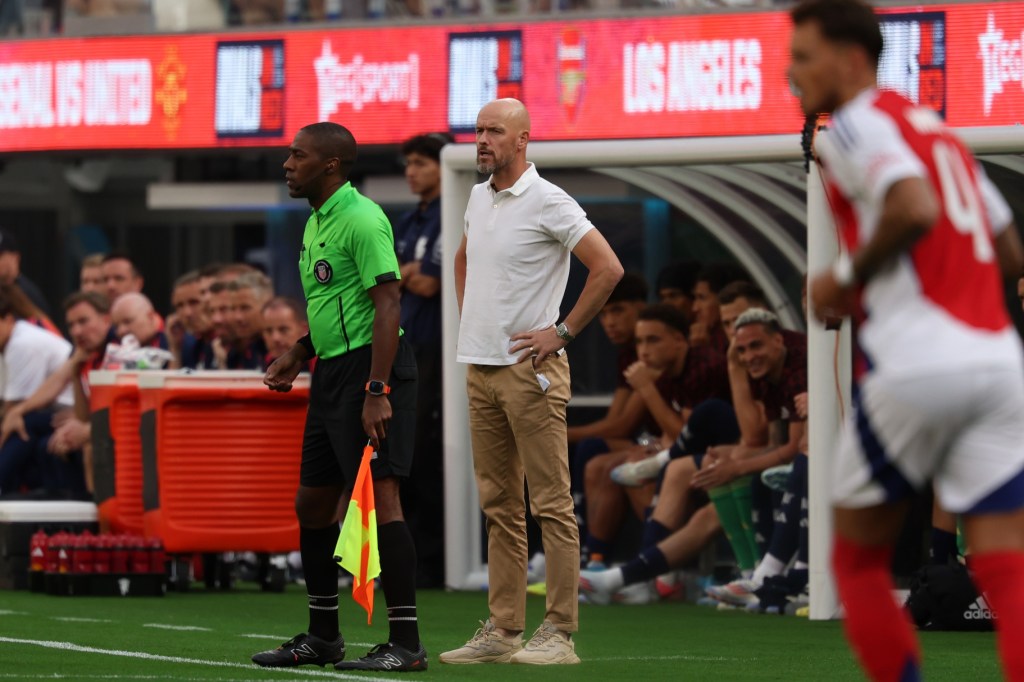MLB is approaching a key inflection point in a difficult transition to a streaming-based future for its local media distribution.
The Mets and SportsNet New York this week rolled out a new, direct-to-consumer offering access to the club’s local games without a traditional cable or satellite TV subscription. The initiative makes the Mets the 22nd MLB club to pursue such a move, and follows a frenetic offseason that saw the completion of Main Street Sports’ bankruptcy reorganization and rebranding, as well as several other baseball clubs such as the Rangers and Twins making significant moves into the over-the-top streaming space.
The shift no doubt is chasing consumers who have either cut the cord from traditional pay-TV or never entered in the first place. Will it replace the critical club revenues previously provided by linear TV? Certainly not yet, says MLB commissioner Rob Manfred, but it’s now getting closer to doing so. In the meantime, the heightened streaming efforts are also helping attract younger fans imperative for the league’s long-term growth.
“I think we’ve been clear that at least for some interim period, there’s going to be a hybrid model out there that we’re going to continue to monetize on the linear side while the streaming side develops more fully,” Manfred said at a spring training media availability in Arizona. “I do think that the combination of the remaining cable activity and streaming can get clubs into a good position.”
Larger Goals
The overhaul is only part of a planned and much larger reconstruction of MLB’s media business in which Manfred is aiming to pool both national and local rights in a centralized strategy in 2028—when current deals with ESPN, Fox, and Warner Bros. Discovery are due to expire.
That media situation, in turn, is also being eyed as a critical aid to address large-scale revenue and payroll disparity that is quickly rising to the top of the sport’s worries—both among baseball fans and within league offices.
“Disparity should be, it certainly is, at the top of my list of concerns about what’s occurring in the sport,” Manfred said.
“We certainly have owners in the game who are as concerned as fans are about the level of disparity in the game. … I think that issue, combined with the effect of the changes in the media environment are 1–2 on the radar screen of owners. They’re related, at least right now, because the brunt of the downturn in the regional sports network market has been felt generally in our smaller markets.”


